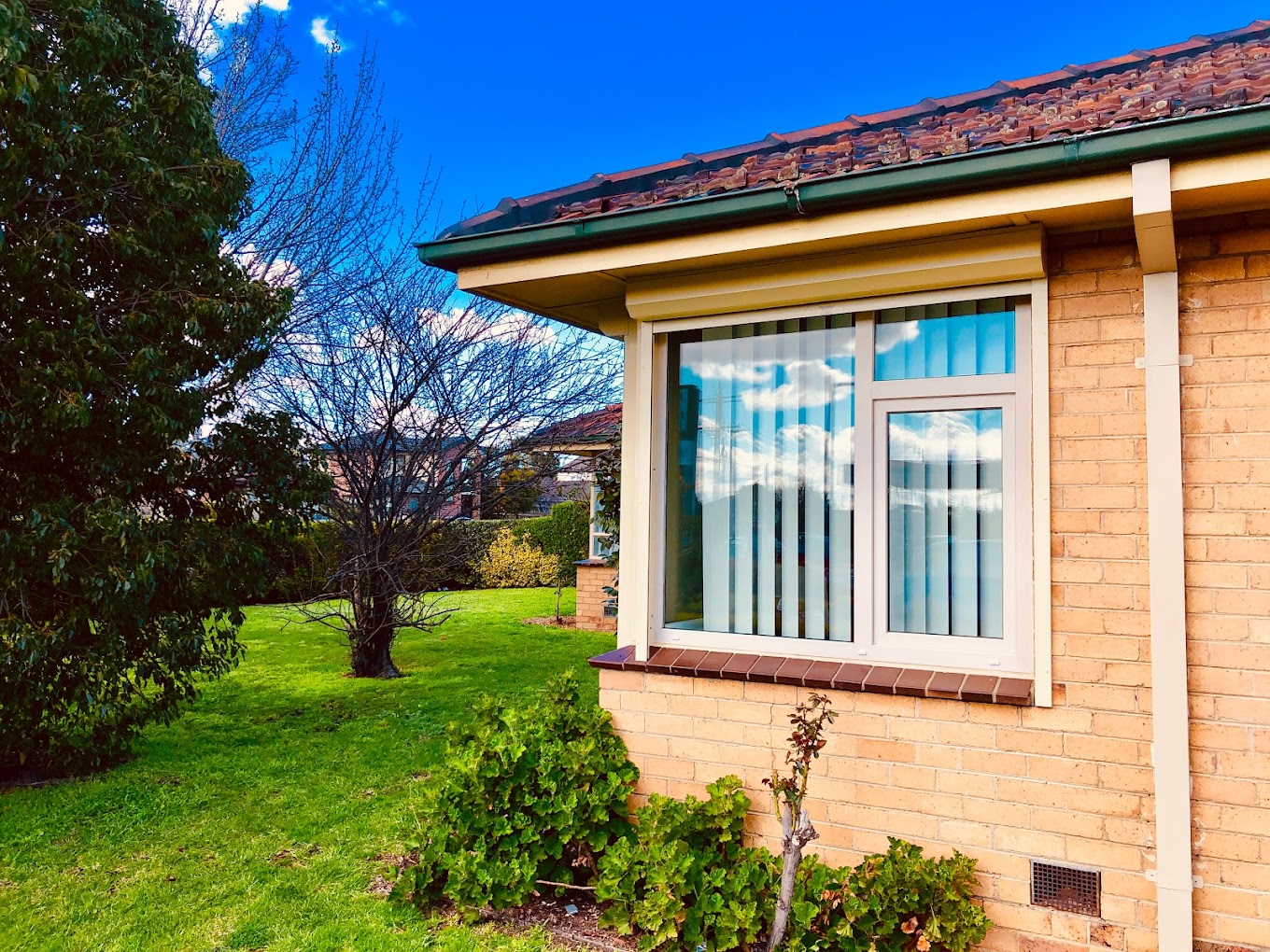All Categories
Featured
Table of Contents
Glazing in Balga WA
Laminated glass is typically utilized in locations in the house most vulnerable to injury from human impact such as restrooms, doors, around staircases and in locations near to the flooring (it meets the requirements of 'shatterproof glass' that is mandated for use in these locations by Australian Standard AS 1288 Glass in buildings).
Toughened glass has actually been 'tempered' by being reheated and quickly cooled again. This process makes it much stronger than standard glass it can withstand greater impact loads prior to breaking. It also makes it much safer due to the fact that, when it does shatter, it burglarizes lots of little cubic pieces rather than harmful shards.
Upvc Double Glazed Windows Australia in Brookdale WA
However, toughened glass has no thermal or acoustic benefits over other glass of the very same toning or density. Secondary glazing is where single-glazed windows are retrofitted with a transparent acrylic or glass sheet connected to the within the frame or openable sash with a secondary frame or with magnetic strips.


Secondary glazing will not carry out as well thermally as a produced IGU, because it is difficult to absolutely seal the border, however it can provide good sound control. Window films are a thin polymer film containing a taking in dye or reflective metal layer, with an adhesive backing. They adhere to your glazing to change its colour or make it reflective.
Single, Double Or Secondary Glazing, Which Is The Best ... in Tapping Perth
Applied to existing glass, some window films can cut in half the total SHGC of the window by soaking up and/or reflecting solar radiation. This can be particularly beneficial in hotter climates where cooling is the main issue, or on east and west elevations directly exposed to long periods of sunlight. However, window movies may likewise decrease visible light transmittance.

For this factor, it is typically best to use a recognized installer of window film. Frames have a substantial effect on the thermal performance of windows and doors, because energy can be acquired and lost through the frame, along with through the glass. Different kinds of frame will allow various levels of heat gain and loss, so careful choice of frame is essential for efficient passive style.
Stay Cool This Summer With Double Glazed Windows - Aaa Glass in Peppermint Grove WA
Nevertheless, aluminium is also a great conductor of heat and will reduce the insulating value of a glazing unit, unless specifically engineered to minimize this. A 'thermally broken' frame is comprised of 2 aluminium sections linked by a structural insulator (normally a low-conductivity structural polymer). This 'breaks' the thermal connection through the aluminium and reduces the heat flowing through the frame.
Lumber frames are a good natural insulator that can fit some home styles. Timber frames ought to be made from species that have naturally high toughness or be treated to avoid decay and contortion.
Windows Of Opportunity: Your Guide To High-performance ... in Yokine WA
Nevertheless, this can lead to gaps that allow air seepage unless excellent draught sealing (weather condition stripping) is set up. u, PVC is a form of plastic (unplasticised polyvinyl chloride, also called stiff PVC). u, PVC frames provide excellent thermal performance, frequently better than timber or thermally damaged aluminium. u, PVC is long lasting and needs extremely little maintenance, and can be moulded into complicated profiles that offer outstanding air seals.
u, PVC doors and windows have excellent thermal efficiency Image: Ben Wrigley (Light House Architecture and Science) Composite frames utilize aluminium profiles on the external areas with either a wood or u, PVC inner area. These integrate the low maintenance and sturdiness of aluminium with much enhanced thermal performance.
Latest Posts
Diy Double Glaze in Koondoola WA
Glass Selector - Custom Single & Double Glazed ... in Midvale Perth
Does Double Glazing Keep Heat Out in Woodvale Western Australia